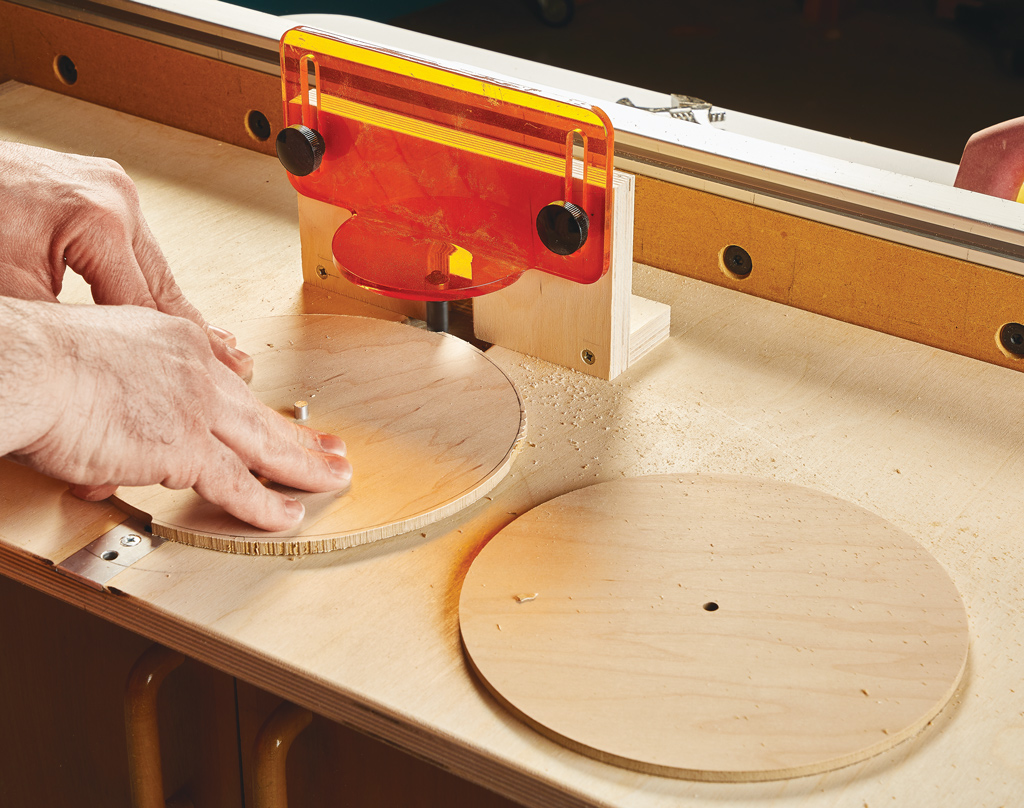I like to use a router table for better workpiece support when routing profiles. But getting the bit set up in the router table can be a challenge. The key to a quick and accurate setup is an ordinary metal rule. Even though most profile bits come with bearings (for use with curved workpieces or in hand-held operations), I like to use the fence whenever I can. The fence gives me more control of the workpiece as I guide it through the cut. You can see how I use the rule to set the fence flush with the bearing. The 6" rule I keep in my shop apron has graduations on the end. This way, the rule spans the opening so I can set the graduated end right up against a reference point on the bit.

One common problem when using profile bits is taking too big of a “bite.” This can cause chipout. Plus, the tendency is to slow your feed rate, which can then lead to burn marks. So the advice is often to rout the profiles in several, shallow passes. In most cases, I rout profiles like this in three passes. The first two passes remove most of the waste. The final cut is a very light skim cut that cleans up the edge and establishes the final profile. Another problem that you can run into is an inconsistent cut. A long or thin workpiece may spring away from the bit slightly, which could spoil some profiles. So keeping the board in contact with the bit and the top of the table is a must. In these cases, I use a featherboard. Plus, I find it helpful to make a second pass at the final bit setting to be sure the profile is smooth and even.

One common use for a routed profile is to make molding for a project. But routing a profile on a narrow strip of wood places my hands too close to the bit for comfort. A safer technique is to start with an extra-wide blank, as shown in the middle photo above. This way, you can rout the profile along each edge.

To make the molding strips, head over to the table saw and rip them to final size. On a wide enough blank, you can repeat the process a couple of times.












